Back to School with space-related STEM projects from ESA and ESERO 2025–2026 Inspire article
Explore five inspiring STEM projects from ESA and the ESERO network. Use the excitement of space to engage students and enhance your STEM teaching!
With the start of a new school year, it’s time to choose which projects to carry out with your students. Discover exciting school projects offered by ESA and its European Space Education Resource Office (ESERO) network.

© ESA
These school-level projects, run by ESA and the ESERO network, immerse students in activities that mirror the collaborative, cross-disciplinary nature of real space missions. Students can run their code in space, design lunar habitats, build and launch soda-can-sized satellites, investigate Earth’s environment, and even train like astronauts. The projects not only deepen students’ understanding of STEM subjects but also help them develop essential skills, such as teamwork, problem-solving, and critical thinking.
The projects
Climate Detectives
Age: up to 19 years old
Registration: from 17 September 2025
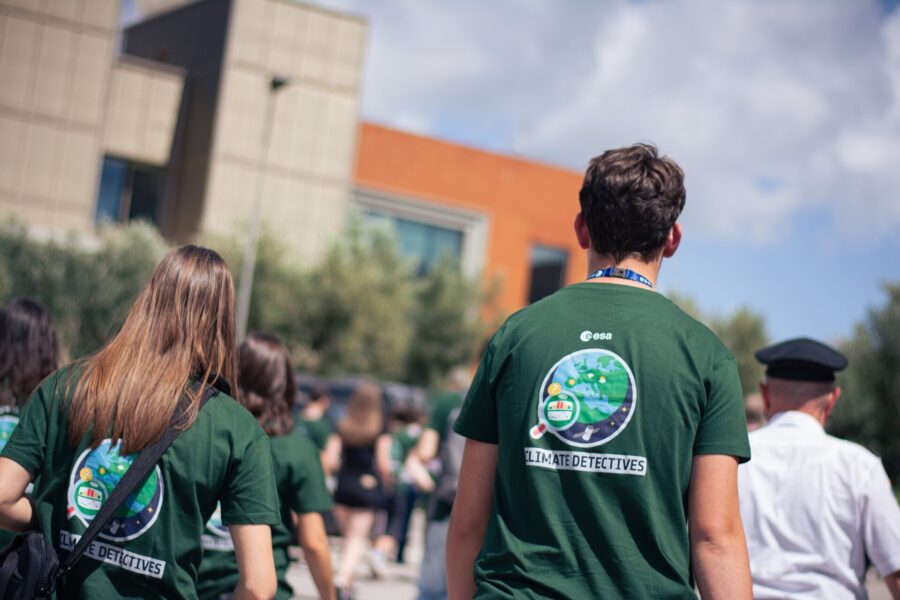
© ESA
Satellites are instrumental in monitoring our planet, to understand it, but also to contribute to more sustainable development and to help mitigate effects of climate change. Use real satellite images and other Earth observation data to investigate a local climate or environmental problem. Climate Detectives empowers students to investigate local environmental and climate issues using real Earth observation data from satellites or ground-based measurements.
The project features two categories:
Climate Detectives Kids: designed for students up to 12 years old, it introduces them to Earth sciences through inquiry-based activities focused on the environment. Teams get special badges and a certificate.
Climate Detectives: recommended for students 12–19 years old. Student teams carry out their own research by investigating climate-related problems and draw conclusions on actions to be taken. Teams selected by ESERO will be invited to a Climate Detectives summit event at ESA establishment ESRIN in May 2026.
Moon Camp
Age:up to 19 years old
Registration: from 11 September 2025
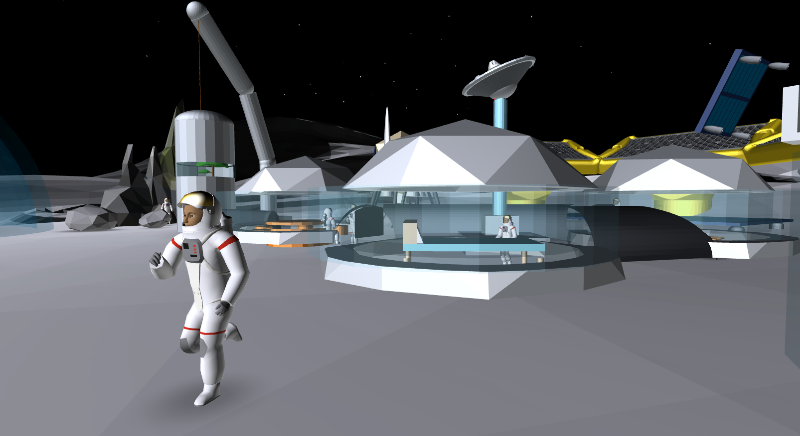
Image from the project of Mario Castañeda Serrano/IES Ibn Jaldún/Dos Hermanas/Sevilla
Take on a new space adventurer role with your team and design a habitat on the lunar surface, or go beyond the Moon and explore other worlds in our solar system.
The project can be a scientific experiment, a hands-on project, a design for space infrastructure, a 3D design for an astronaut base, a 3D printing model, a virtual or augmented-reality world, and much more. Select the topic and format that best fits the team and get creative!
All teams will be invited to an inspiring and motivational online event in winter, and teams that submit a project will receive a participation certificate and an invitation to participate in an online event with an ESA astronaut and space experts.
Moon Camp is a partnership between ESA, with its ESERO network, and the Airbus Foundation.
Mission X
Age: up to 14 years old
Registration: from 19 September 2025
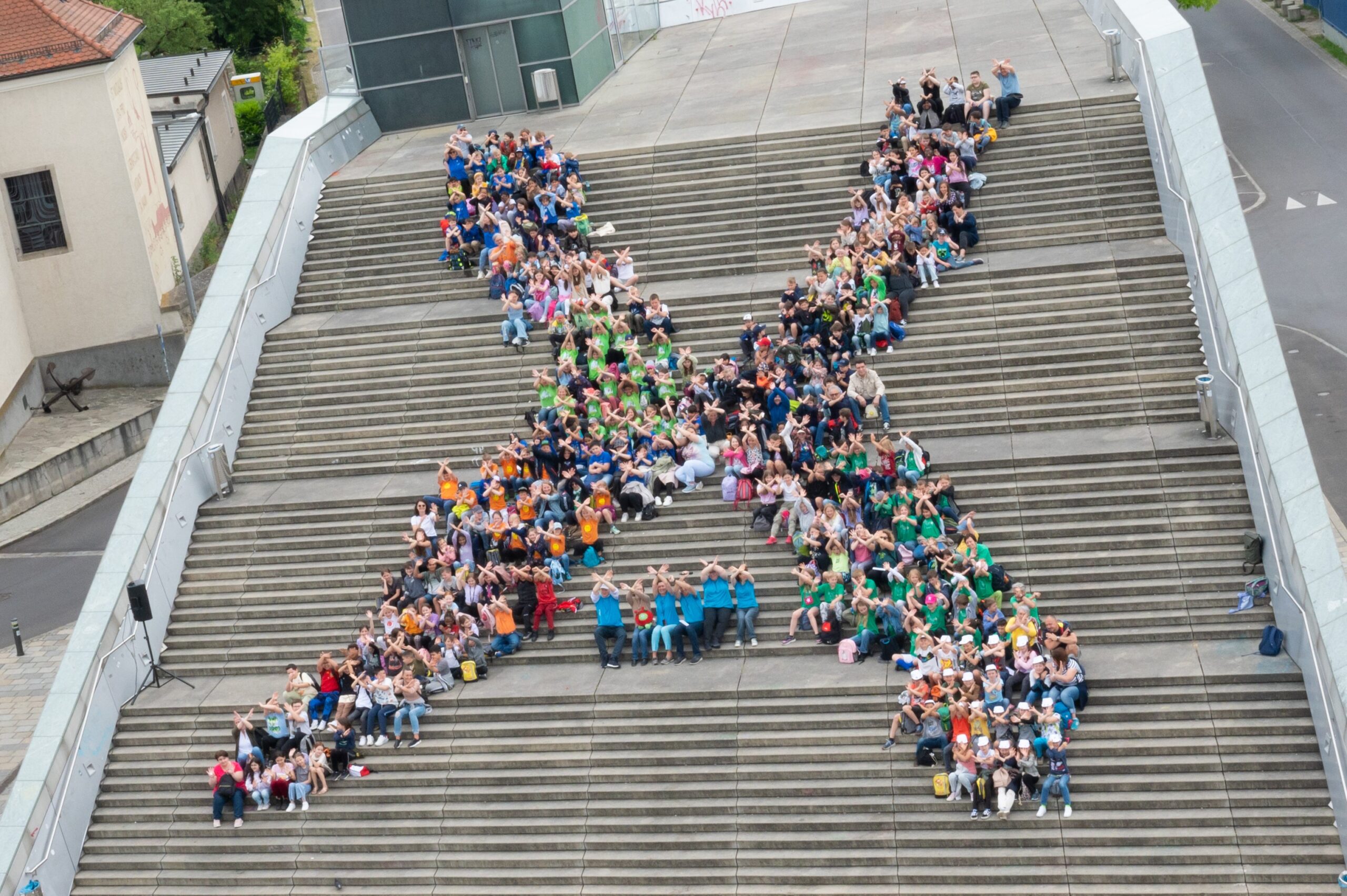
© ESERO Austria
Astronauts need to be fit and healthy to be able to perform their mission well. It’s time to get up, move your body, and train like an astronaut! Mission X is a global project that encourages students up to 14 years old to engage in science through astronaut-style training. Student teams complete training tasks that are converted into ‘steps’ that help mascots Luna and Leo walk to the Moon! They also get a special participation certificate.
In 2026, a virtual celebration video will be created by ESA for participating teams when Leo and Luna arrive on the Moon!
Astro Pi
Age: up to 19 years old
Registration: from 8 September 2025
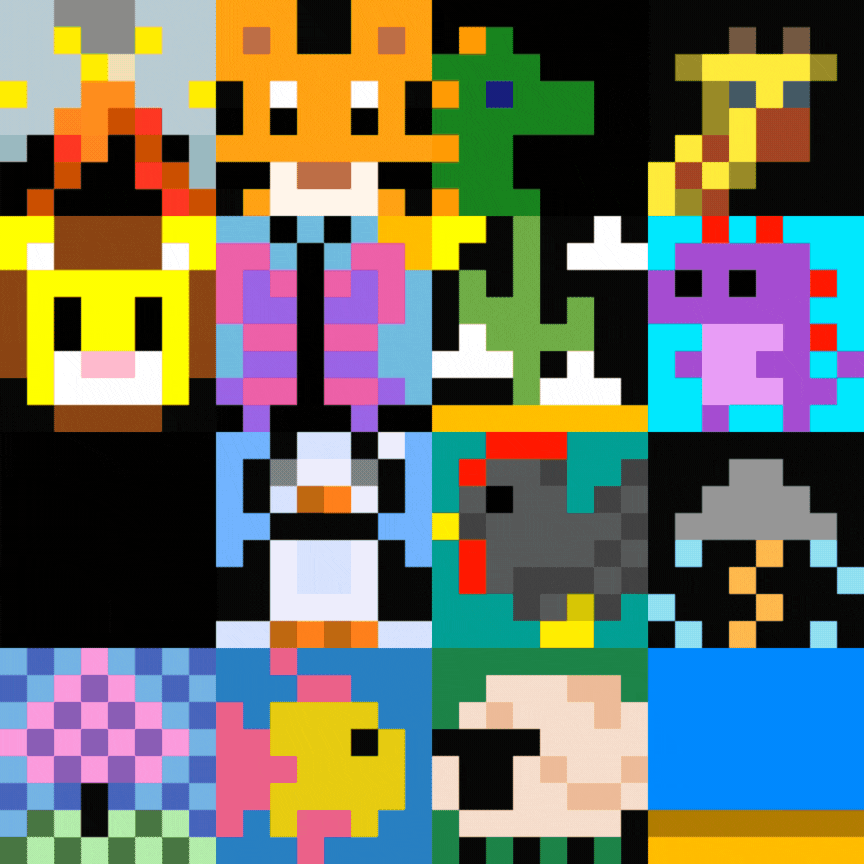
© ESA
Have you ever dreamed of creating a code that could run in space? It’s easier than you think! All you need is to write a computer program for special Raspberry Pi computers, called Astro Pis, which are located on the International Space Station (ISS). Astro Pi consists of two different missions.
Mission Zero: aimed at primary and lower-secondary students. Participants write a simple Python program that displays a pixel art image on the Astro Pi computers.
Mission Space Lab: the advanced-level category for students up to 19 years old. Participants are challenged to calculate the speed of the ISS, using the sensors and camera of the Astro Pi computer aboard the ISS, by coding a program. Participants are invited to participate in an online event with an ESA astronaut.
Astro Pi is run by ESA, with its ESERO network, in collaboration with the Raspberry Pi Foundation.
CanSat
Age:14–19 years old
Registration: from 15 September 2025
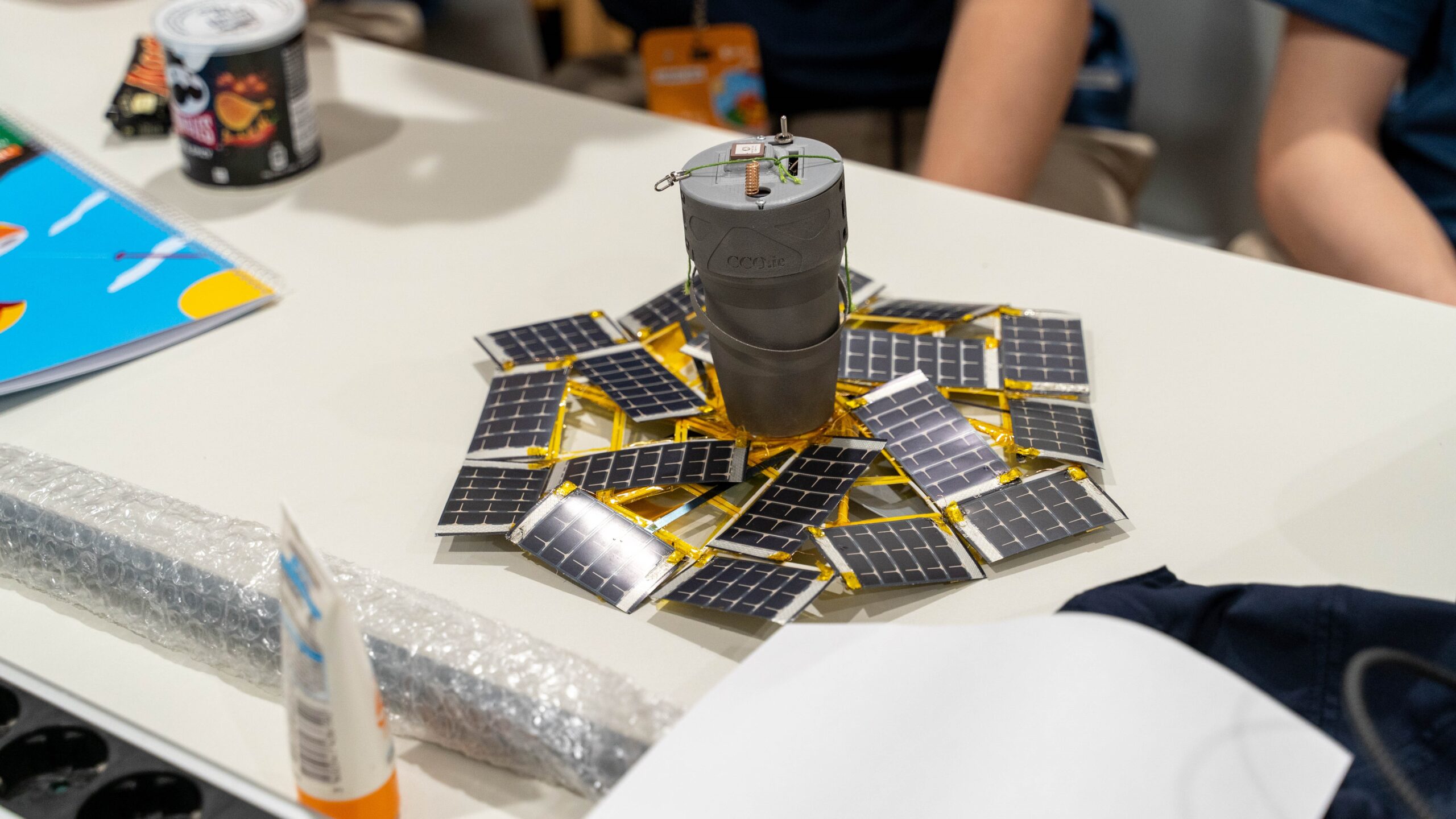
©ESA
CanSat challenges students to fit the key components of a satellite into the volume of a soda can. What’s it like to make a real space project from A to Z? Work in teams to design, build, launch, and operate a CanSat to find out!
Student teams compete at national or regional CanSat competitions, organized through ESERO and other national organizers in most ESA member states, Canada, Latvia, Lithuania, and Slovakia. National winning teams are invited to ESA’s Space Engineer for a Day event at its ESTEC site in Noordwijk, the Netherlands.
CanSat is an initiative of ESA and national ESERO networks.
Practical details
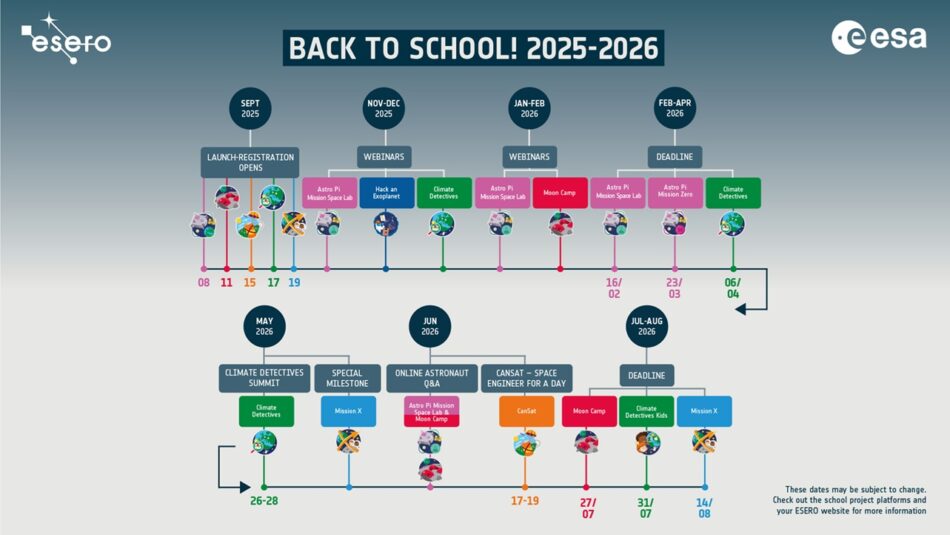
©ESA
- Participation in these projects is free and open to school students in all 23 ESA member states, as well as Lithuania, Latvia, Slovakia, and Canada. Moon Camp and Mission X are open worldwide. For more information about the eligibility criteria, please consult the individual project guidelines.
- Save the dates and stay tuned to https://www.esa.int/Education/Teachers_Corner/ for more information.
- The dedicated project websites (see links in the headings) contain resources in different languages and information for national teams.
- For exciting training sessions related to the projects in your own country, or STEM classroom activities in your own language, explore and contact your national ESERO office.
Resources
- Join the Climate Detectives and protect the Earth.
- Learn how to do some hands-on activities with Climate Detectives Kids.
- Design an out-of-this-world Moon Camp.
- Train like an astronaut in Mission X.
- Send your code to space in the European Astro Pi Challenge.
- Build and launch your own CanSat.
- Learn how you can turn a cheap webcam into an infrared camera: ESA Education (2022) Infrared webcam hack – using infrared light to observe the world in a new way. Science in School
- Explore classroom activities to demonstrate some of the key principles of space science: Ahlgren O (2019) Rocket science made easy. Science in School 47: 34–37.
- Can your students save the Earth from an asteroid collision? Follows M (2018) Saving the Earth Hollywood-style. Science in School 43: 46–50.
- Follow Juice’s journey to discover Jupiter and its icy moons: ESA (2024) To Jupiter’s icy moons: Juice’s odyssey of exploration. Science in School 68.
- Learn about the risks posed by space debris: Letizia F (2023) Objects in orbit: the problem of space debris. Science in School 65.





